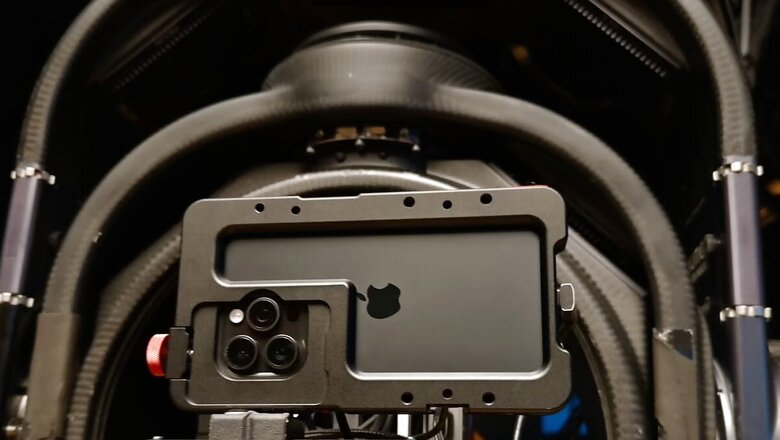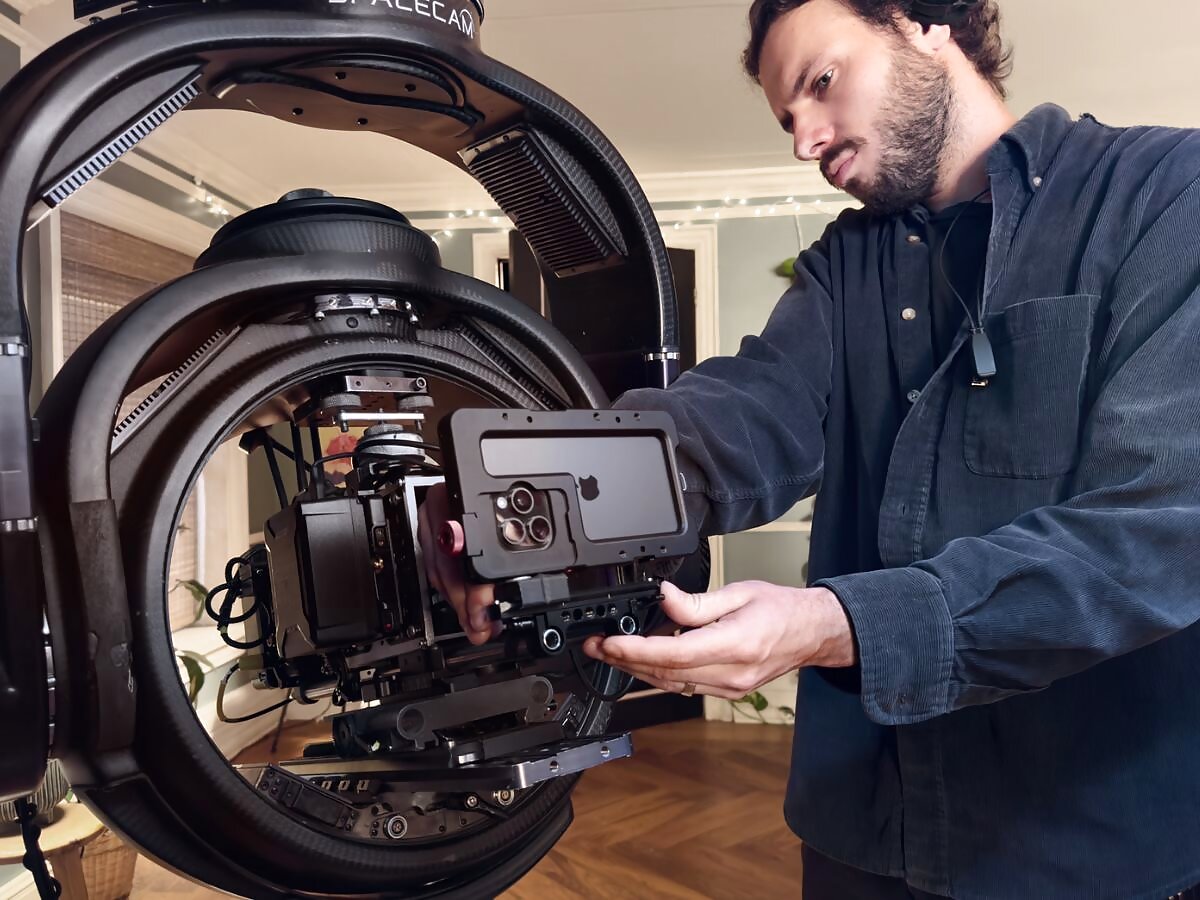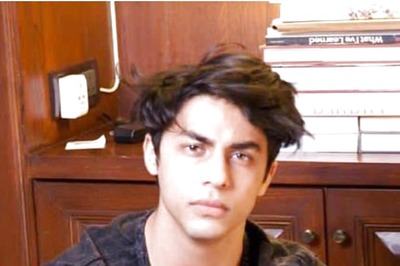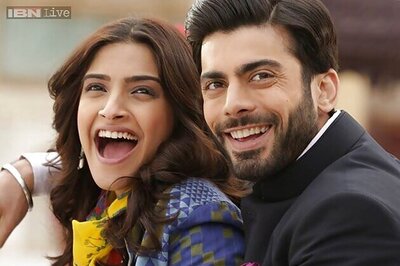
views
At the end of Apple’s ‘Scary Fast’ event, Apple subtly slipped in a message stating that parts of the event, including the presenters and the drone shots, were all captured using the iPhone 15 Pro. Images showcasing the elaborate hardware used to create the “professional” appearance have gone viral on social media platforms like X.
In the end of its keynote, Apple notes, “All presenters, locations, and drone footage shot on the iPhone 15 Pro Max.” In fact, Apple has also published a video detailing what went behind the scenes filming the keynote, and this makes one thing clear: Apple is not shying away from admitting that additional equipment, including both hardware and software were used to achieve the kind of results it did.

Notably, this isn’t the first instance of a company filing something product-driven with a smartphone. Nothing filmed the keynote of the Nothing Phone (1) using the phone itself, and Apple itself has previously commissioned full-fledged short films like ‘Fursat.’ However, it’s intriguing to note the rarity of a video keynote combining shots from high-end cinema-grade cameras and a phone like the iPhone 15 Pro, edited so seamlessly that most viewers hardly noticed.
This raises the question: Can someone, using only an iPhone 15 Pro Max, shoot something on a grand scale? The short answer is no, but it warrants further discussion. It’s undeniable that what makes cinematography “good” isn’t solely dependent on the camera itself. Factors such as lighting, camera movement, and framing play pivotal roles in the outcome.
While critics are right in their assessment that achieving a similar scale is impossible with just an iPhone, it’s crucial to understand that the iPhone—as a tool—enables the capture of high-quality video in an extremely compact form. Coupled with filmmaking talent, it becomes a means to create something meaningful.

Another essential aspect of any creative work is pacing, editing, and shot variety. In the Apple keynote, the editor masterfully established a Halloween-esque mood by starting the sequence with an establishing drone shot. Combined with expert drone piloting—leading to Tim Cook walking a misty path, accompanied by suspenseful music, expertly crafted transitions, and the set design with fog—it resulted in cinematic success.
Also worth nothing is the fact that Apple used the BlackMagic Camera app to get better control over the footage that was captured, because (you guessed it) Apple’s high-end ‘Pro’ phones still don’t come with the ability to manual tweak camera settings. And, Apple also highlighted the iPhone 15 Pro’s ability to shoot in ProRes LOG, and if you connect an external SSD, you can even film in ProRes LOG at 4K 60 FPS.
Nevertheless, while an iPhone 15 Pro Max alone couldn’t possibly create a similar effect by itself, in the broader context—regardless of the professional equipment used in a production—each tool has its specific purpose, remaining relevant and functional. In this regard, the iPhone serves as a powerful tool that fits snugly in your pocket, waiting to be creatively used with inputs beyond mere technicalities.















Comments
0 comment